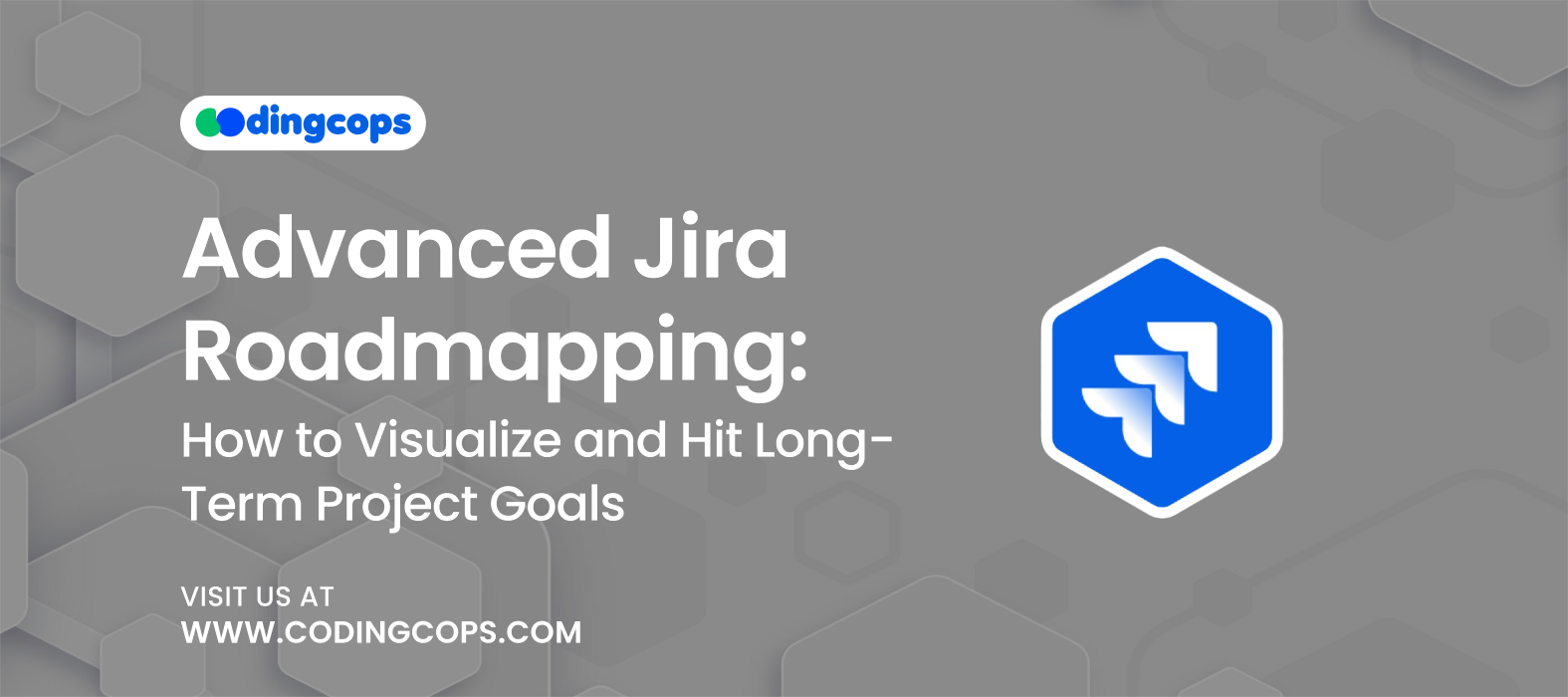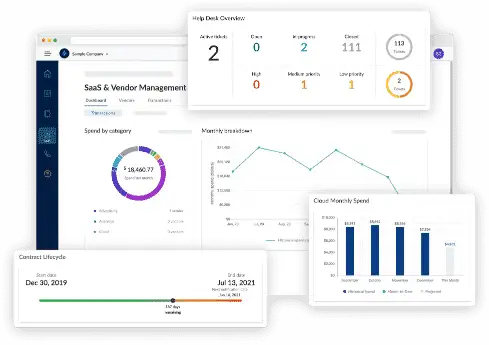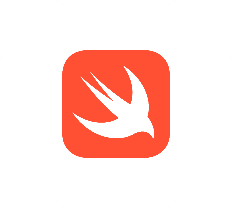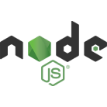Did you know that Jira is used by more than 300,000 businesses globally to manage their software projects? This is due to the fact that high level strategy planning becomes essential when teams expand and product roadmaps span months or even years. That’s where Jira can help.
A mainstay in the toolkit of most software development teams, Jira is an Atlassian product. While many teams use Jira to manage sprints and backlogs, few make full advantage of its long term project forecasting and visualization features.
Thus, in this guide, we will examine how to plan and accomplish long term objectives with clarity and control using Jira’s Advanced Roadmaps.
Why Use Jira for Software Roadmapping?

Centralize Planning
Many development teams already use Jira daily for task tracking and issue management. Jira may also be used by teams for roadmapping rather than spreadsheets or other Gantt charts. Additionally, Jira roadmapping eliminates silos and lowers the possibility of planning and execution being out of sync by keeping both operational and strategic data in a unified ecosystem.
Your high level plan will be immediately linked to the Epics and Stories that your teams are now working on, thanks to this consolidated approach.
Data Driven Roadmaps
Unlike static roadmaps created in slide decks or spreadsheets, Jira roadmaps are dynamic. Any modifications to your backlog, including task updates and time estimates, are instantly reflected in the roadmap view.
Your roadmap will always be up to date and correct thanks to its real time sync, which is essential for dynamic teams that must make last minute changes. In this approach, stakeholders would always have a single source of truth.
Agile for Teams of Any Size
Whether you are working with a single agile team or managing several cross functional teams across departments, Jira grows effectively to meet your needs. Its flexible structure also unites workstreams around shared objectives. With Advanced Roadmaps, organizations can define multiple levels of hierarchy and enable true portfolio level planning without compromising on agile principles.
Visual Communication
Not every stakeholder participates in backlog grooming or sprint cycles. Therefore, the most important thing to them is to see the whole picture. As a result, Jira’s visual roadmaps offer a concise temporal picture of the tasks that have been finished. Moreover, with color coded statuses and progress roll ups, these roadmaps transform abstract strategy into digestible visual summaries.
Customization to Fit Your Process
No two organizations have identical workflows. Hence, Jira accommodates this by offering extensive customization. Jira may be tailored to your team’s approach by setting up processes, generating unique issue categories, and specifying your own hierarchy level and roadmap filters.
Integration with the Atlassian Ecosystem
Jira has native integrations with Confluence and other Atlassian products. Additionally, these interfaces make documentation and collaboration easy. Additionally, Jira facilitates interfaces with Slack and other apps. As a result, this connectedness guarantees that your planning process stays comprehensive and informed by feedback from all areas of your development.
Long Term Visibility
Jira successfully balances short-term execution with long term vision. You may create strategic goals that span quarters or fiscal years and divide them into digestible stories using its roadmap tools. This hierarchical structure allows teams to maintain high level visibility while executing iteratively in sprints. Hence, the roadmap changes as teams make progress or re prioritize based on customer feedback.
Built in Risk Management
Advanced planning tools in Jira, like dependency mapping, help teams manage uncertainty. Therefore, you can identify potential bottlenecks and visualize over allocated teams before problems arise. Hence, these features make it possible to plan confidently while remaining flexible.
Jira Roadmapping Features
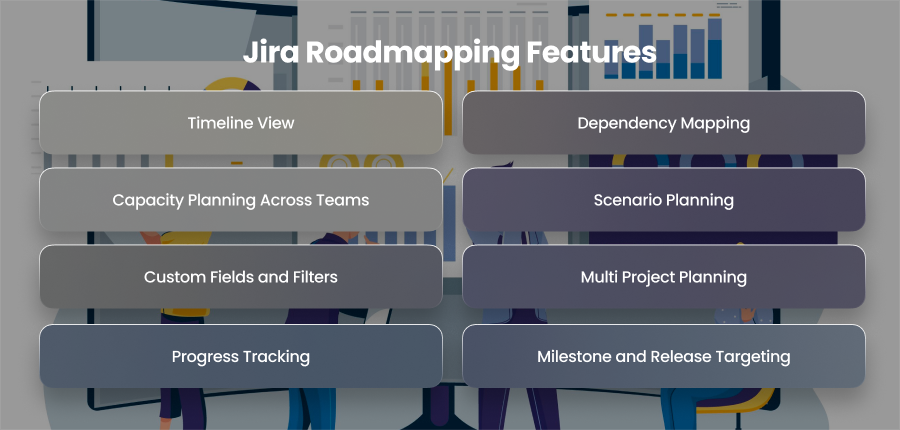
Timeline View
The timeline view is the visual backbone of Jira roadmaps. Moreover, it offers a Gantt style layout that plots issues like Initiatives. The intended start and end dates of each item are shown as bars. Additionally, you can reorganize priority or change durations by simply dragging and dropping objects straight onto the timeline. The view is perfect for both sprint level planning and multi-quarter forecasts since it can be tailored to display time by weeks or months. With this visual format, it’s easy to track overlapping initiatives and dependencies across different teams.
Dependency Mapping
One of the most critical elements of long term planning is understanding how pieces of work rely on one another. Moreover, Advanced Roadmaps lets you create and visualize dependencies between tasks and Initiatives using arrows and connectors. Hence, these dependencies help you understand how a dely in one task might affect others.
Capacity Planning Across Teams
Planning isn’t just about what needs to be done, it’s also about who will do it and when. Jira’s capacity planning features help team forecast their ability to deliver work over time. Also, each team can be assigned a specific capacity, usually in hours or story points per sprint. As you assign work in the roadmap, Jira shows visual indicators when a team is over or under capacity. These feature is especially useful in organizations with shared resources or fluctuating workloads.
Scenario Planning
Software projects often face competing priorities and resourcing shifts. Also, Advanced Roadmaps allow teams to create multiple scenarios within a single plan. This lets you model different approaches without affecting your actual live data. For example, you may examine how a project would seem if a feature was postponed by one sprint or a deadline was pushed ahead. A safe place to practice making decisions is a scenario. Stakeholders can see trade offs and possible outcomes more clearly as a result.
Custom Fields and Filters
Every organization has unique planning requirements. Jira supports this by allowing custom fields to be added added to your roadmap, such as business value or team ownership. To focus on the most pertinent information, you may also use filters. While engineering managers can focus on infrastructure initiatives, product managers, for example, may filter based on features that interact with customers. These adaptable viewpoints will allow each stakeholder to view the plan through the lens that best meets their needs.
Multi Project Planning
Advanced Roadmaps can pull data from multiple boards, making them ideal for organizations running several initiatives in parallel. You can view the timelines of multiple teams side by side and group work by teams. For example, you can view the progress of both React developers and Node developers and compare the progress of each team. Furthermore, it also makes easier to manage shared dependencies and aling timelines across business units.
Progress Tracking
Keeping tabs on how work is progressing across multiple levels of hierarchy is crucial. Advanced Roadmaps provide automatic roll up progress tracking, where the completion status of child issues is aggregated to show progress on their parent items. These progress bars appear directly on the timeline.
Milestone and Release Targeting
On your roadmap, milestones assist you in designating significant delivery dates or compliance requirements. Additionally, Jira enables you to link releases to certain roadmap items and define releases at the project level. Additionally, you can see which Epics or Stories go into each release and make sure that important deliverables continue to match up with business schedules.
How to Set Up Advanced Roadmaps in Jira?
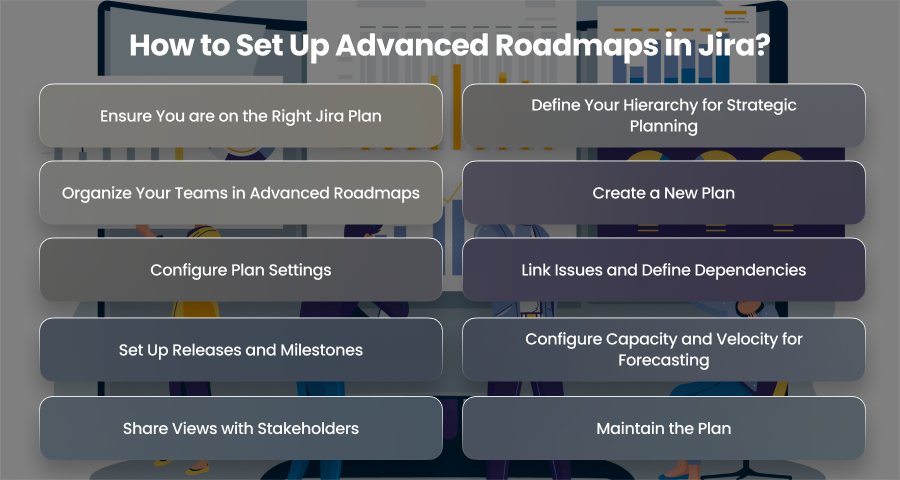
Ensure You are on the Right Jira Plan
Advanced Roadmaps isn’t available on Jira Standard. To access this feature, your organization must be on the Enterprise plan. You can confirm your current plan via the billing or site admin section in Jira. If you are managing large teams or need long term visibility across initiatives.
Define Your Hierarchy for Strategic Planning
One of the biggest advantages of Advanced Roadmaps is the ability to create custom issue hierarchies. By default, Jira supports the structure of Epics> Stories > Sub tasks. However, complex projects and strategic planning often require an additional layer.
Using the administrative settings, you can introduce new levels such as Initiatives or even higher levels like Themes or Goals. Moreover, once defined, these levels allow you to visualize how daily tasks contribute to high level goals.
So, to configure this hierarchy:
- Go to Jira Settings > Issues >Issue Type Hierarchy
- Add and name the new hierarchy levels
- Map each new issue type accordingly
Organize Your Teams in Advanced Roadmaps
Roadmapping works best when it reflects the real capacity and structure of your organization. In Advanced Roadmaps, you can define Teams to represent specific squads. Moreover, each team can have its own name and sprint cadence.
To create or manage teams:
- Go to the Teams tab within your plan
- Assign issues to teams either manually or by mapping board ownership
- Configure capacity settings per team
Create a New Plan
Once you define your hierarchy and teams, the next step is to create your roadmap plan. You should navigate to Plans > Create Plan and follow the prompts.
- Name your plan
- Choose data sources like Jira Boards
- Select the issue hierarchy levels you want the plan to support
- Set permissions to control who can view or edit the plan
Configure Plan Settings
After the plan is made, take the time to make it more understandable and practical. You can also select which fields show on the timeline and change the time scales.
Customize columns to display:
- Start and end dates
- Status
- Story points
- Assignee
- Custom fields
Additionally, you should use filters to concentrate on particular initiatives. This makes it possible for many stakeholders to obtain pertinent insights without having to sort through irrelevant data.
Link Issues and Define Dependencies
After adding problems to your plan, it’s time to link dependencies to make it fully functioning. Dependencies make it easier to see how various problems and Epics are interdependent, which is essential for risk management and task scheduling.
To add a dependency:
- Hover over an issue in the timeline
- Click the connector icon and drag to the dependent issue
- Jira will create a blocks or is blocked by relationship
You can also use the dependency view to detect and resolve circular dependencies or timing conflicts between workstreams.
Set Up Releases and Milestones
Releases serve as key delivery points in your roadmap. In Jira, you can define releases at the project level and associate issues or Epics with them.
Steps to set up releases:
- Go to Project Settings > Releases
- Create a new release with a name and version number
- Assign relevant Epics and Stories to the release
Furthermore, you can also visualize milestones which can provide anchors for major events like product launches or external deadlines.
Configure Capacity and Velocity for Forecasting
To make your roadmap actionable, configure capacity planning settings. For each team, you can define:
- Workload capacity per sprint
- Sprint length
- Non working days or planned holidays
Jira will automatically show visual warning when a team is overbooked. This helps you adjust assignments proactively and keep delivery schedules realistic.
Share Views with Stakeholders
Once your roadmap is set up, create custom views for different audiences. For example:
- A high level strategic view for executives
- A team level execution view for developers
- A cross functional view showing dependencies across teams
With Advanced Roadmaps, you can embed these views into Confluence pages for wider exposure or save them and share them as read-only links. Additionally, the roadmap may be exported as PDFs or photos for use in presentations.
Maintain the Plan
A roadmap isn’t a one and done document. It’s a living plan that should evolve as work progresses and blockers emerge. Also, Jira makes it easy to keep your roadmap current:
- Use auto scheduling to recalculate timelines based on dependencies and capacities
- Review progress regularly using roll up completion indicators
- Update timelines or priorities in real time
You can also use scenario planning to test alternate plans and prepare for changes, without disturbing the roadmap.
Final Words
Advanced Roadmaps in Jira enables teams to connect long term strategy with day to day execution through real time and data driven planning. With customizable hierarchies and dynamic timelines, Jira transforms static plans into living roadmaps. When set up correctly, it enables smarter collaboration and more confident delivery across teams and projects.

